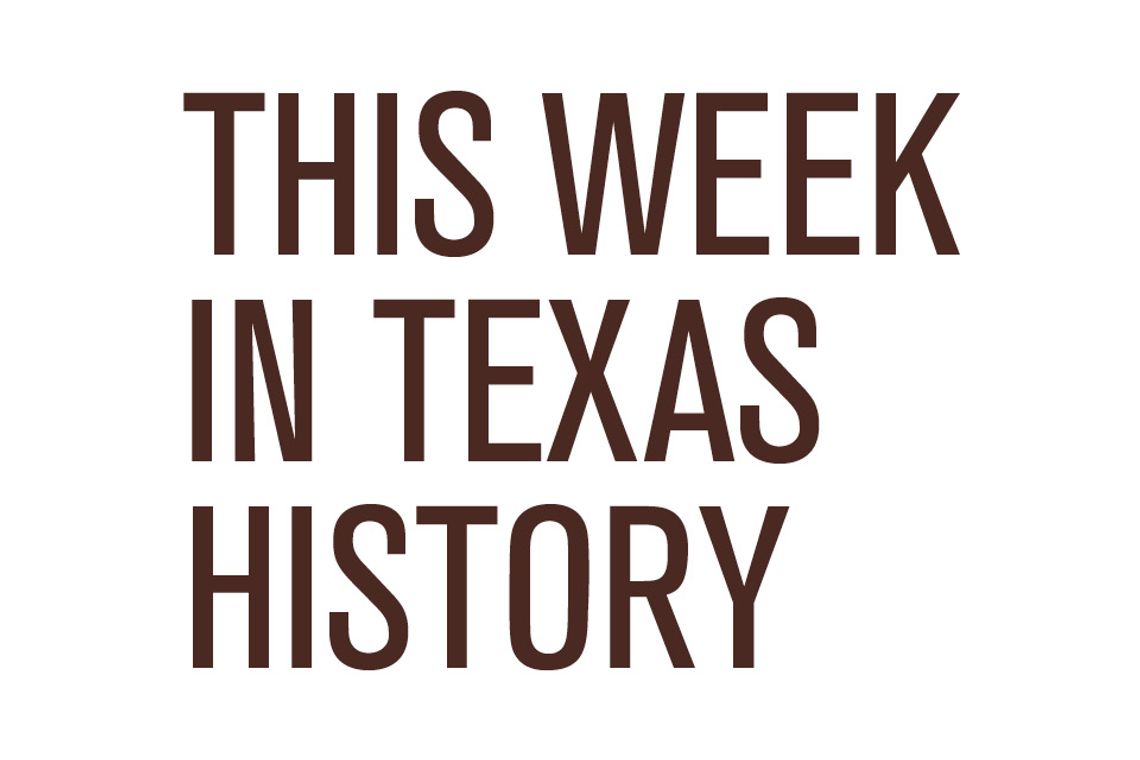On March 21, 1872, Benito Juarez suffered the first of three heart attacks that five months later brought down the curtain on the amazing life of the “Lincoln of Mexico.”
As a Zapotec Indian born in the first decade of the nineteenth century, Juarez’s birthright was poverty, oppression, ignorance and disease. Orphaned at the age of three, he was taken in by an uncle and taught to be a shepherd.
But the boy wanted to do more with his life than herd sheep and goats. He desired an education, but the closest schools were on the other side of the mountains. So on a cold winter day in 1818, the 12-year-old walked the 41 miles to the state capital of Oaxaca.
Juarez could not speak a word of Spanish. He wandered the streets of the strange city repeating the name of a sister, until someone finally took him to her.
The extra mouth was passed onto a bachelor bookbinder, who needed help around the house. The “pious and very honorable man,” as Juarez described his benefactor, put him in a parish school, where he found out what it meant to be an Indian in the conquered country. Three wasted years later, Juarez could barely read or write. Then he learned the best school in Oaxaca, the Catholic seminary, accepted Indians free of charge.
By 1827 the gifted student had aced every course in the seminary curriculum. However, his formal education might have ended right then and there, if the state government had not opened a secular college that very year.
Juarez majored in physics at the Institute of Sciences and Arts and mastered the subject so completely that he was made a member of the faculty as an undergraduate. “This one whom you see here, so serious and reserved,” a professor declared in class, “will rise higher than any of us, and he will be one of our great men and the glory of our country.”
Like generations of students before and since, Juarez earned extra money waiting tables. One night in December 1829, he worked a banquet for the “hero of Tampico,” an army officer who had repulsed Spain’s attempted repossession of their lost colony.
Jose Antonio Lopez de Santa Anna de Lebrun had done no such thing, but he did take credit for the victory. Learning the waiter’s identity many years later, the “Napoleon of the West” deduced the die must have been cast that fateful night.
“Juarez could not forgive me because he had waited on me at the table in his bare feet,” Santa Anna theorized, trivializing his foe’s principled opposition. “It is amazing that an Indian of such low degree should have become the figure in Mexico that we all know.”
When Santa Anna lost the Battle of San Jacinto, the province of Texas and his dictatorship all on an April afternoon in 1836, Benito Juarez was already a rising star in Oaxaca. The brilliant attorney had been elected three years earlier to the state legislature and briefly jailed for refusing to toe the prevalent political line.
Over the next dozen years, Juarez was a judge, a justice of the state supreme court and finally a member of the national congress. Elected governor of Oaxaca in 1848, he improved health care with free clinics and new hospitals and made public education a reality by building 200 schools and eight teacher colleges. And he did something no governor in Mexican history had ever done by adding money to the state treasury.
Juarez was a stern and stoic figure in his black wool suit and stovepipe hat – a “uniform” that would cause American historians to label him Mexico’s Lincoln. He certainly was as homely as the sixteenth president and even less charismatic, but his courage and concern for the common people would endear him to millions of Mexicans.
A military takeover paved the way for Santa Anna’s return to absolute power in 1853. Driven into exile, Juarez spent a year and a half in New Orleans rolling cigars.
But the popular revolt that sent the dictator packing in 1855 ushered in a regime that included Juarez as minister of justice. He authored a radical reform that got rid of special courts for the clergy and military and made all Mexicans equal before the law.
The Catholic Church and its aristocratic allies did not take such an earth-shaking change lying down. A bloody and complicated struggle ensued that ended with Juarez’s election as president in the summer of 1861.
Faced with a bankrupt national treasury, he was forced to suspend payment on loans from European creditors. Spain, England and France reacted by sending troops to collect the debts. Juarez worked out a payment plan with Madrid and London, but Napoleon III installed a puppet emperor – Archduke Maximilian of Austria.
The U.S. offered Juarez asylum, but he flatly refused. “It would be easier for the earth to move from its axis than that man from the Republic,” an admirer proudly wrote.
Under pressure from Washington, which massed troops on the Rio Grande, and facing war with Prussia, Napoleon III pulled the plug on his pawn. Stripped of French troops and support, Maximilian was captured in May 1867 and executed by a peasant firing squad.
Benito Juarez tackled the job of rebuilding his devastated country and literally worked himself to death. A mild heart attack in March 1872 was followed by a serious coronary on Jul. 8. Ten days later, he suffered a third and died at his desk late that night.
Copies of “Unforgettable Texans,” Bartee’s fourth and latest book, are still available. Get yours by mailing a check for $28.80 to “Bartee Haile,” P.O. Box 130011, Spring, TX 77393 or order on-line at barteehaile.com.











